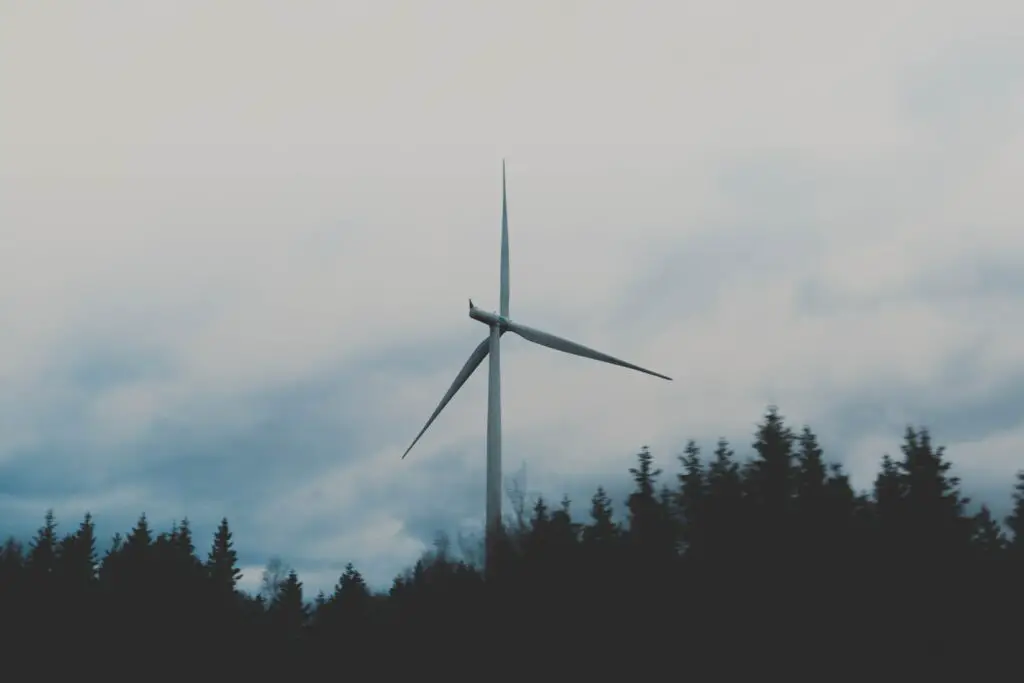Generators, gearboxes, and turbine blades are a few of the frequent components that fail in wind turbines. Due to the distant locations of wind farms and the size and height of the turbines, routine maintenance and inspections of wind turbines are difficult.
It can be challenging to inspect the large rotor blades’ intricate surfaces and analyze their materials during routine maintenance. The inspection process is aided by the use of new technology, such as the use of drones for blade inspections. However, it might result in component failure if regular monitoring and maintenance are not performed.
1. Blade Failure
The wind industry is looking for ways to increase the energy production of wind turbines as the demand for renewable energy increases. Increasing the size of the rotor blades is one way to generate more energy from turbines.
More power is generated by larger blades. Currently, rotor blade arcs may extend up to 262 feet (or 80 meters). The structure and other parts of the turbine may be under more stress due to the growing size of the blades.
Each year, there are thought to be 3,800 instances of blade failure. Debonding, joint failure, breaking along fibers, fractures in the gel coat, and erosion are common faults to watch out for.
Lighting strikes, material or power regulator failure, damage from external objects, and poor design are all risk factors for blade failure. The most frequent type of wind turbine failure, blade failure, can result in expensive repairs and lost revenue from being shut down.
2. Generator Failure
In a wind turbine, the generator is in charge of producing electricity by transforming mechanical energy into electrical energy. When the generator malfunctions, no electricity is generated, which costs the owner of the wind farm significant money.
The generator may malfunction for a number of causes, including as wind loads, severe weather, and thermal cycling. Excessive vibration, voltage fluctuations, faulty cooling systems, and mechanical or electrical bearing failure can result in fire and excessive heat.
The generator might potentially malfunction due to poor electrical insulation, faulty installation, contaminated lubricant, and manufacture or design flaws.
A thorough maintenance and repair schedule will increase the generator’s dependability and lifetime while preventing expensive shutdowns and unforeseen repairs.
3. Gearbox Failure
While gearboxes are made to withstand the demanding operating conditions, most only last 10 years on average, instead of the 20 years specified in the design. There are about 1,200 gearbox breakdowns every year. Ninety-six percent of the gearbox’s failing parts are bearings and gears.
Dirty or water-contaminated lubricant, incorrect bearing settings, considerable temperature variations, inappropriate or infrequent maintenance and servicing, and transient loads causing abrupt accelerations and load-zone reversals are some contributing reasons of failure.
A gearbox failure is an expensive occurrence. The cost of the gearbox, which accounts for 13% of the turbine’s overall cost, is high. In addition, depending on the availability of components, the turbine’s downtime during replacement might be as short as a few days or as long as a few months. The turbine is not making money whenever it is not rotating.
How to Prevent Wind Turbine Failures
One technique to lower the likelihood of breakdowns in a wind turbine and increase their lifespan is through preventive maintenance. To foresee potential breakdowns, components’ structural integrity, temperatures, and vibration signatures are monitored.
It is possible to enhance the design and raise the reliability of the components by identifying the underlying causes of the various forms of failure. Additionally, developing dependability models for the various components aids in risk management and enhances maintenance scheduling.
When turbine parts malfunction, they necessitate unplanned repairs and downtime, which costs money. Risks of wind turbine failure are reduced, preventing expensive shutdowns.
